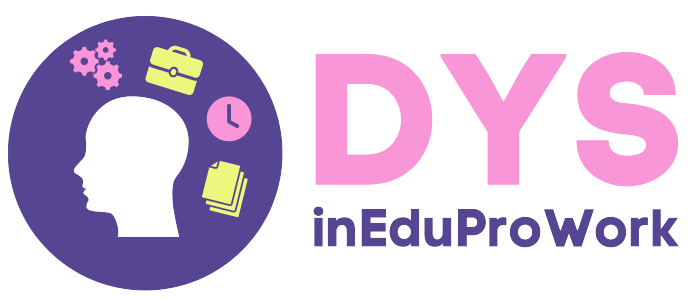Finding out that you have a Specific Learning Disorder (SLD), especially if it happens in adulthood, can give you worries and a sense of insecurity. But there are strategies to cope with this as best as possible. First, a short review of what SLDs are.
What are SLDs?
As explained by the Italian Cognitive Psychology Association, specific learning disorders (SLD) are neurodevelopmental disorders that affect specific skills such as reading, writing and calculation. Normally, they manifest themselves in the early school years, but for many their recognition and subsequent diagnosis occurs even years later.
These disorders are categorised on the basis of the specific difficulty they imply. Generally, they are divided into four major groups, namely:

Dyslexia
Specific reading disorder whereby subjects have difficulty in reading a text accurately and fluently. The difficulty may also affect text comprehension.
Dysgraphia
This specific disorder concerns the motor component of writing: the act of writing is difficult. Therefore, writing takes longer than average and the end result may not always be legible.
Dysorthography
In contrast to dysgraphia, dysorthography is a disorder related to purely linguistic, not motor aspects and involves the difficulty of writing correctly. One therefore tends to make more spelling mistakes.
Dyscalculia
Dyscalculia is the disorder that concerns the world of numbers. Dyscalculics have difficulty manipulating numbers, performing quick calculations in their head and achieving results by performing arithmetic operations.

In medical terms, these disorders are not considered diseases, as they represent a different neuro-functioning of the brain. They have nothing to do with intelligence or sensory or psychological issues. They are innate characteristics to be known and lived with, thanks to compensation and enhancement strategies.
I find out I have a SLD, what do I do?
As mentioned above, the moment of being diagnosed with an SLD can be delicate and experienced with concern. However, it represents an opportunity to become aware, to learn how to deal with difficulties and to enhance one’s abilities. But what can one do in a moment of concern following diagnosis? Here is some advice from the Italian Dyslexia Association:
- Get informed: understand well what SLDs are and the relevant regulations.
- Read the diagnostic report carefully: the diagnosis is a snapshot of how the brain works, and can provide valuable information for getting to know oneself better.
- Identify difficulties and strengths: it is important to identify specific difficulties in order to identify the most suitable strategies for overcoming them, but also to discover one’s strengths. Stopping to reflect on one’s path helps.
- Develop compensatory strategies: use computer and other technologies (speech synthesis software to read texts, spell-checkers, online translators, concept maps, calculator, etc.) or develop personal strategies to make homework less tiring.
- Seek support: do not hesitate to seek support from experienced professionals to develop a personalised action plan and identify available resources.
- Don’t get discouraged: SLDs bring difficulties and challenges, but this does not mean that you cannot succeed. With the right support and strategies, you can achieve all your goals.

References:
Cognitive Psychology Association (APC) https://apc.it/disturbi/disturbi-eta-evolutiva/dellapprendimento/disturbi-dellapprendimento/ [last access on 29/01/2024]
Italian Dyslexia Association (AID) https://www.aiditalia.org/ho-scoperto-di-avere-un-dsa [last access on 30/01/2024]
Superior Institute of Health (ISS) https://www.iss.it/-/snlg-disturbi-specifici-apprendimento [last access on 29/01/2024]



